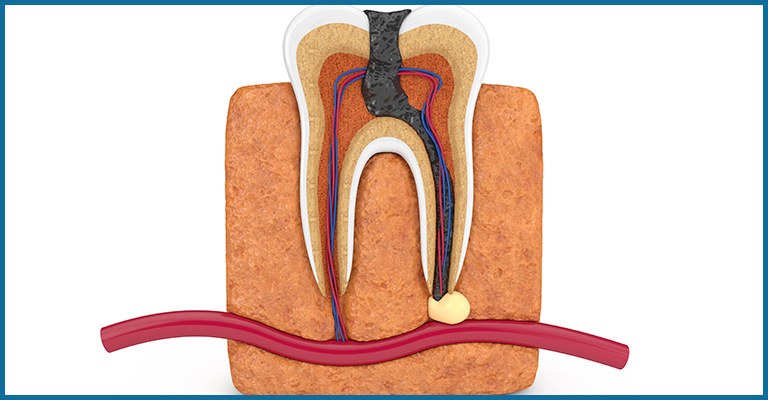Understanding Jaw and Facial Disorders
- Dr. Nadzra E. Awali

- Jul 31, 2024
- 3 min read
Updated: Aug 18, 2024
Jaw and facial disorders are significant health issues affecting many individuals in the Philippines. Among these, Temporomandibular Joint Disorder (TMJ) is particularly prevalent. TMJ refers to a group of conditions that affect the temporomandibular joint, which connects the jawbone to the skull. This joint is crucial for everyday activities such as eating, speaking, and yawning. When this joint becomes misaligned or injured, it can lead to a range of symptoms, including jaw joint pain, headaches, and difficulty in chewing.
TMJ

Individuals suffering from TMJ may experience discomfort that radiates beyond the jaw. Common symptoms include headaches that can mimic migraines, earaches, and pain behind the eyes. Some may also notice a clicking or popping sound when opening or closing their mouths, and in severe cases, the jaw may lock or limit movement. The causes of TMJ can vary widely, including jaw injuries, teeth grinding (bruxism), arthritis, stress, and muscle tension. In the Philippines, many people may not recognize that their chronic headaches or neck pain could be linked to TMJ, leading to delays in seeking appropriate treatment.
Chronic Facial Pain

Chronic facial pain is another critical concern, often categorized under orofacial pain syndromes. This type of pain can be debilitating and may arise from various sources, including dental issues, nerve damage, or muscle tension. Patients suffering from orofacial pain may find it challenging to engage in daily activities, as the discomfort can be persistent and overwhelming. The complexity of orofacial pain syndromes often requires a multidisciplinary approach for effective management, including consultations with dental specialists, neurologists, and pain management experts.
Craniofacial abnormalities represent a significant area of concern in the Philippines. These birth defects can affect the structure of the face and jaw, leading to functional and aesthetic challenges. Conditions such as cleft lip and palate are among the most common craniofacial abnormalities, impacting not only physical appearance but also speech and eating capabilities. Early diagnosis and intervention are essential for managing these conditions effectively. Various healthcare facilities across the country are equipped to provide the necessary care, including surgical options and orthodontic treatments to improve function and appearance.
Osteitis

Another condition worth noting is condensing osteitis, which involves inflammation of the bone surrounding the roots of teeth. This condition can lead to discomfort and may require dental intervention to address the underlying issues. Patients may experience pain that worsens with chewing or pressure on the affected area. In many cases, individuals may not recognize the symptoms of condensing osteitis, mistaking them for other dental problems. Awareness and education about this condition can help patients seek timely treatment and prevent further complications.
Fibrous Dysplasia

Fibrous dysplasia is a bone growth disorder that can also affect the jaw and facial structures. This condition leads to the abnormal growth of fibrous tissue in place of normal bone, which can cause deformities and functional issues. In the Philippines, individuals with fibrous dysplasia may face challenges related to their appearance and the functionality of their jaw. Treatment options vary, and ongoing management is often necessary to address the symptoms effectively. Patients may require surgical intervention to correct deformities or to relieve pressure on surrounding structures.
The management of these disorders often involves a combination of self-care measures and professional treatment. For TMJ, home remedies such as applying heat or ice packs, eating soft foods, and practicing relaxation techniques can provide relief. Over-the-counter medications may also help alleviate pain and inflammation. In more severe cases, dental professionals may recommend splint therapy, which involves wearing a custom-made mouthguard to prevent teeth grinding during sleep. Physical therapy can also be beneficial, focusing on exercises to improve jaw mobility and reduce muscle tension.
Surgical options for TMJ are generally considered a last resort due to the risks involved and the mixed success rates. Procedures may include arthroscopy to remove inflamed tissue or a more invasive joint replacement surgery. It is crucial for individuals experiencing symptoms to consult with a qualified healthcare professional who specializes in TMJ disorders to explore all available treatment options.
Overall, understanding jaw and facial disorders is crucial for improving the quality of life for many individuals in the Philippines. Increased awareness and education about conditions like TMJ, orofacial pain syndromes, craniofacial abnormalities, condensing osteitis, and fibrous dysplasia can empower patients to seek appropriate care. As dental professionals continue to advance in diagnosing and treating these disorders, it is essential for patients to remain informed and proactive about their oral health. By doing so, they can mitigate the impact of these conditions on their daily lives and overall well-being.



Comments